The living room is often the heart of the home—a space where you entertain guests, unwind after a long day, or spend time with family. But it’s easy to make design mistakes that can make your space feel uncomfortable or unappealing. Whether it’s poor furniture arrangement, color choices, or overlooked details, small design missteps can have a big impact. Here are 15 living room design mistakes—and how to fix them!
1. Placing Furniture Against the Walls

It might seem like a good idea to push furniture against the walls to “maximize” space, but it can make your living room feel disconnected and impersonal. Instead, try arranging furniture around a central focal point, such as a coffee table or a fireplace. Bringing pieces inward creates a more inviting and intimate atmosphere, making the space feel cozy and grounded.
2. Overcrowding the Room with Furniture
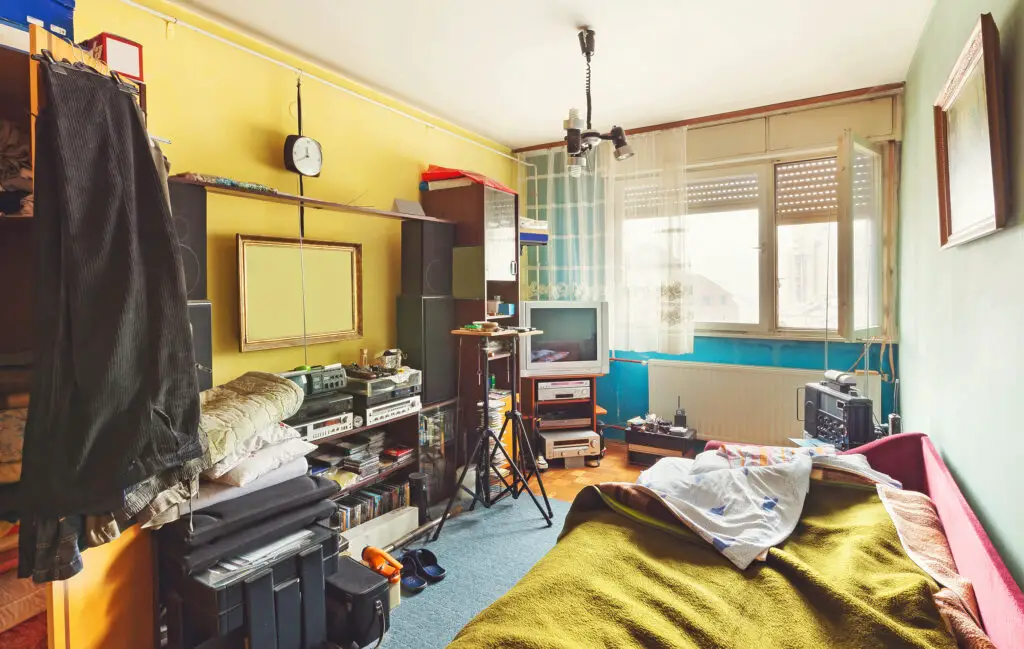
Filling your living room with too much furniture can make it feel cramped and uncomfortable. To fix this, pare down unnecessary pieces. Keep only the essentials, such as a sofa, a couple of chairs, and a coffee table. Leave enough space for easy movement between furniture and allow the room to breathe.
3. Choosing the Wrong Size Rug
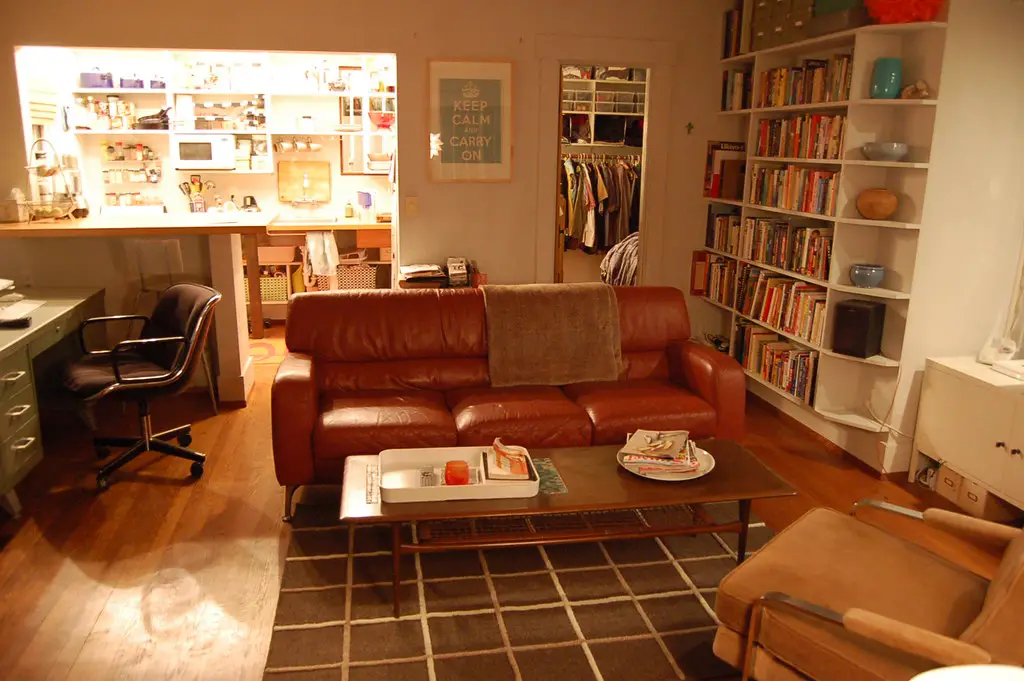
A small rug in a large room or a rug that’s too big for your furniture can throw off the balance of the room. To fix this, choose a rug that’s large enough to anchor your furniture, ideally covering the area beneath the sofa and coffee table. This will help create a cohesive look and define the space.
4. Ignoring Lighting Layers
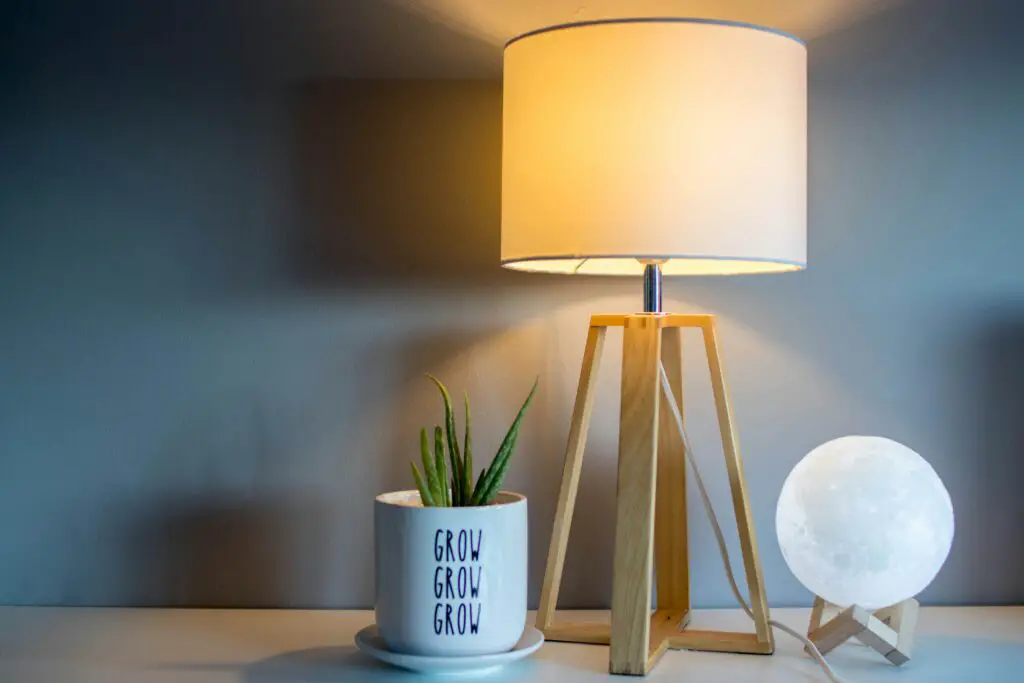
Relying solely on overhead lighting can create a harsh, uninviting atmosphere. To fix this, use a combination of ambient, task, and accent lighting. Floor lamps, table lamps, and wall sconces can help create a warm, inviting ambiance, while adjustable lighting lets you set the mood for different occasions.
5. Too Much Matching Furniture
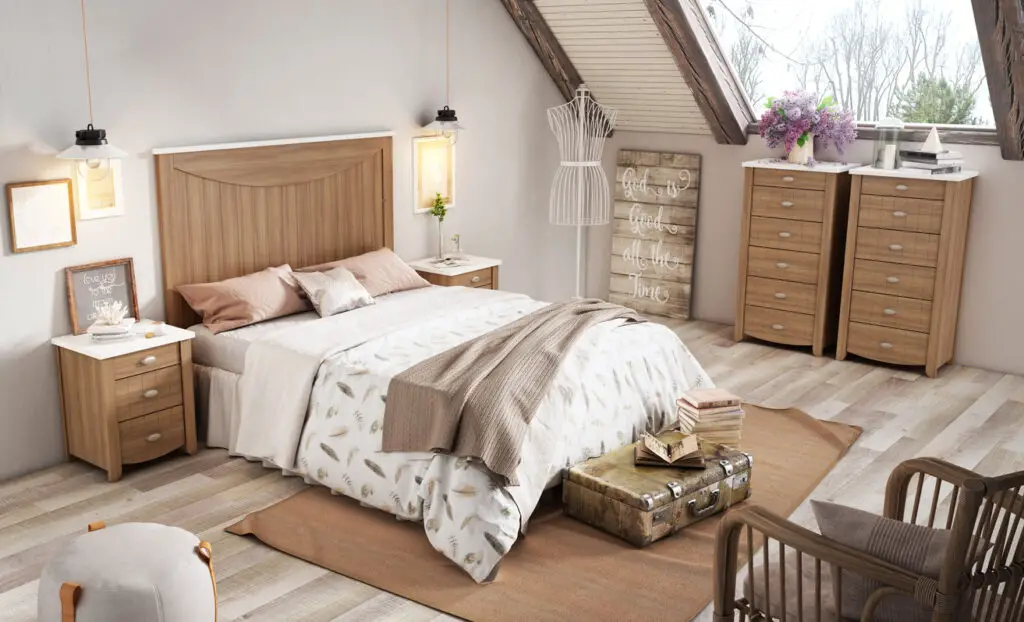
While it’s important to have cohesion in a room, using matching sets of furniture can make the space feel sterile and lifeless. Break up the monotony by mixing different styles, textures, and materials. For example, pair a sleek sofa with a vintage coffee table or add some color with mismatched armchairs. This will make the room feel more dynamic and lived-in.
6. Not Using Enough Color

A neutral color palette can be calming, but a living room that’s too monochromatic can feel dull and uninspired. Add color through pillows, throws, rugs, or artwork. You don’t have to go overboard, but incorporating pops of color will bring energy and life to the space.
7. Placing Artwork Too High
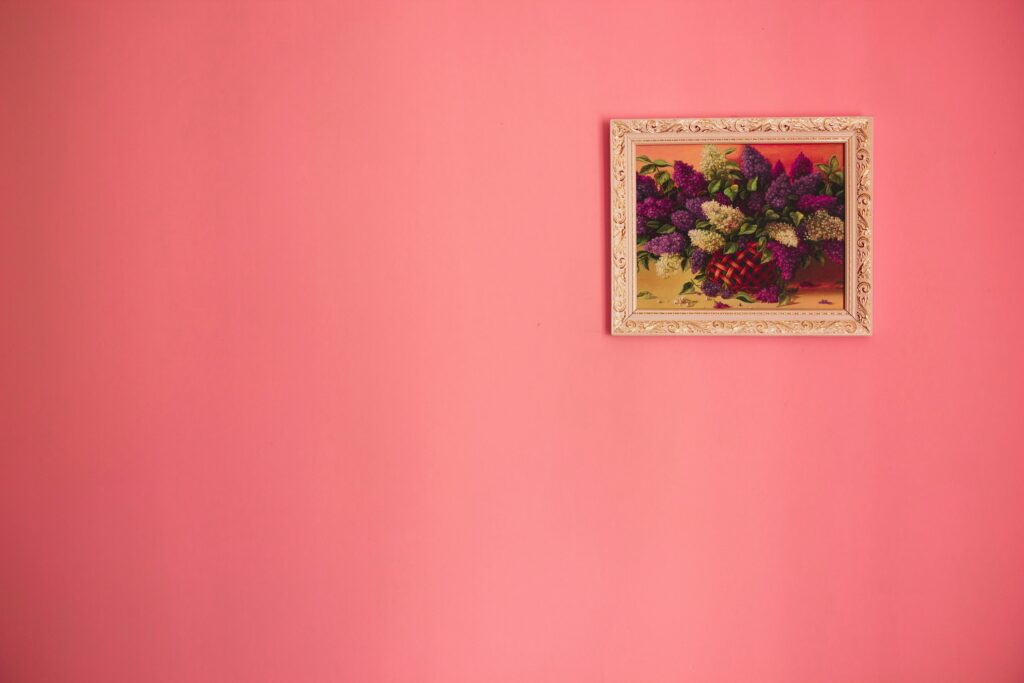
Hanging artwork too high on the walls can make the room feel out of proportion. To fix this, hang artwork at eye level (about 57-60 inches from the floor). If you have a large piece, aim to place it about 6–8 inches above your furniture to create a balanced look.
8. Neglecting the Ceiling
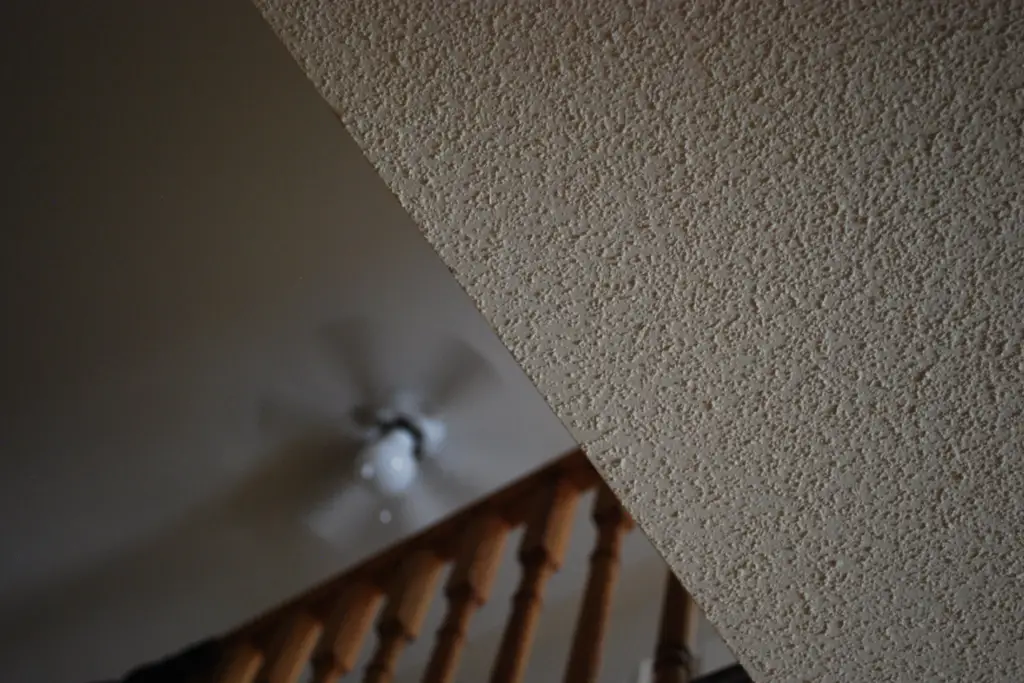
The ceiling is often overlooked in living room design, but it’s an important part of the space. If your room has a plain, white ceiling, consider painting it a soft color or adding texture with a statement light fixture or moldings. A well-designed ceiling can add interest and help the space feel more finished.
9. Forgetting About Storage

A living room that lacks proper storage can quickly become cluttered and chaotic. Incorporate storage solutions like stylish baskets, cabinets, or multi-functional furniture pieces like ottomans with hidden storage. This will help keep the room organized and prevent it from feeling overcrowded.
10. Using Too Many Small Accessories
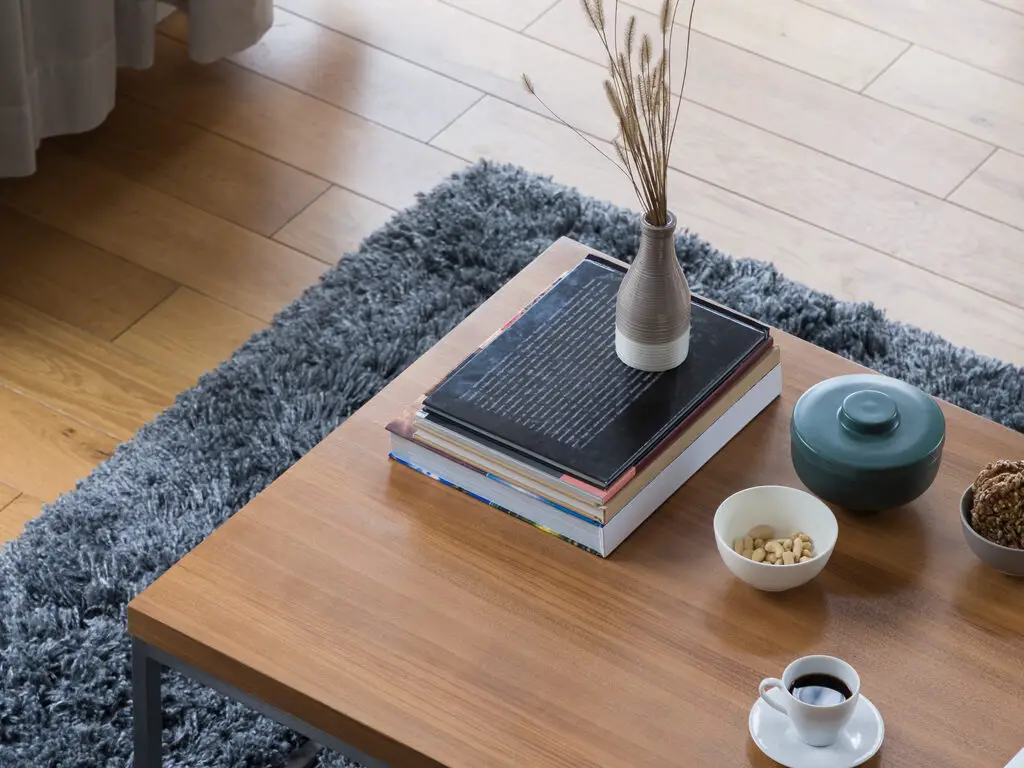
A scatter of tiny decor pieces can overwhelm a space, making it look cluttered rather than stylish. Instead, choose a few larger, statement-making accessories, such as a bold vase, a large mirror, or a unique coffee table book. This will create a more polished and cohesive look while still allowing your personality to shine through.
11. Overlooking the Power of Texture
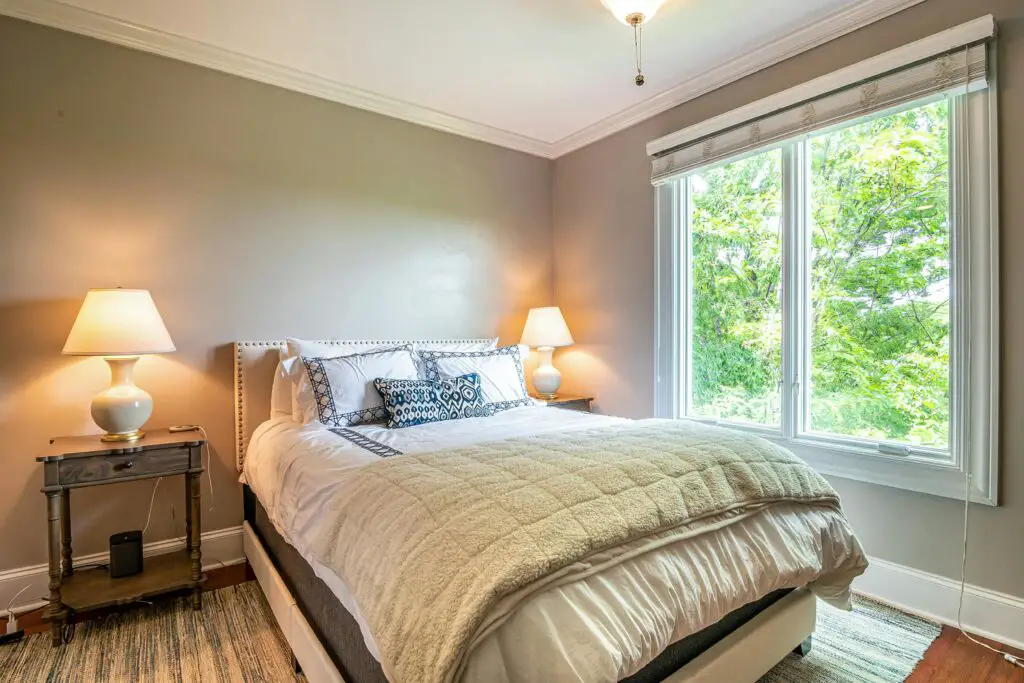
A living room filled with only one texture—say, leather furniture and smooth hardwood floors—can feel flat and uninviting. Mix up textures by adding soft fabrics like velvet cushions, knitted throws, or shaggy rugs. Layering different textures adds depth and makes the space feel more inviting and comfortable.
12. Focusing Only on the Furniture
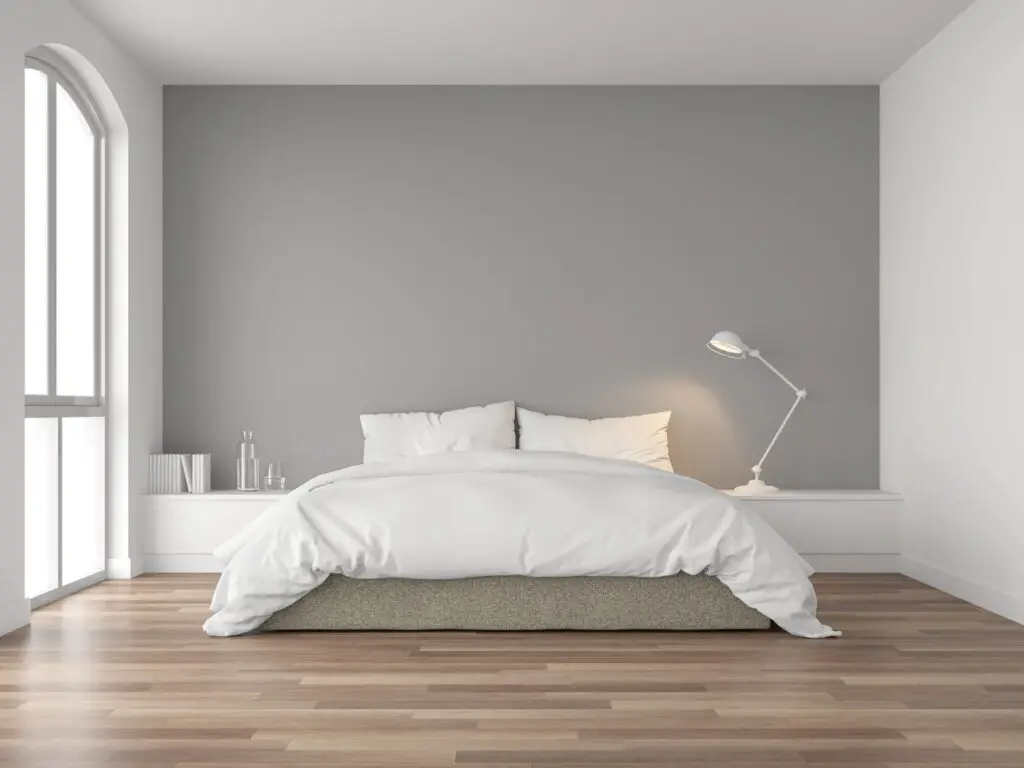
It’s easy to focus on furniture when designing a living room, but neglecting other elements can make the space feel incomplete. Add some personality with wall art, plants, textiles, or a unique light fixture. These accessories will add character and warmth, making the room feel well-rounded.
13. Choosing the Wrong Curtains

Curtains that are too short or too heavy for a space can throw off the proportions of the room. For a more polished look, opt for curtains that hang from the ceiling to the floor. Choose a fabric that complements your color palette and adds a sense of flow, whether it’s light and airy for a breezy feel or rich and textured for warmth.
14. Not Creating a Focal Point
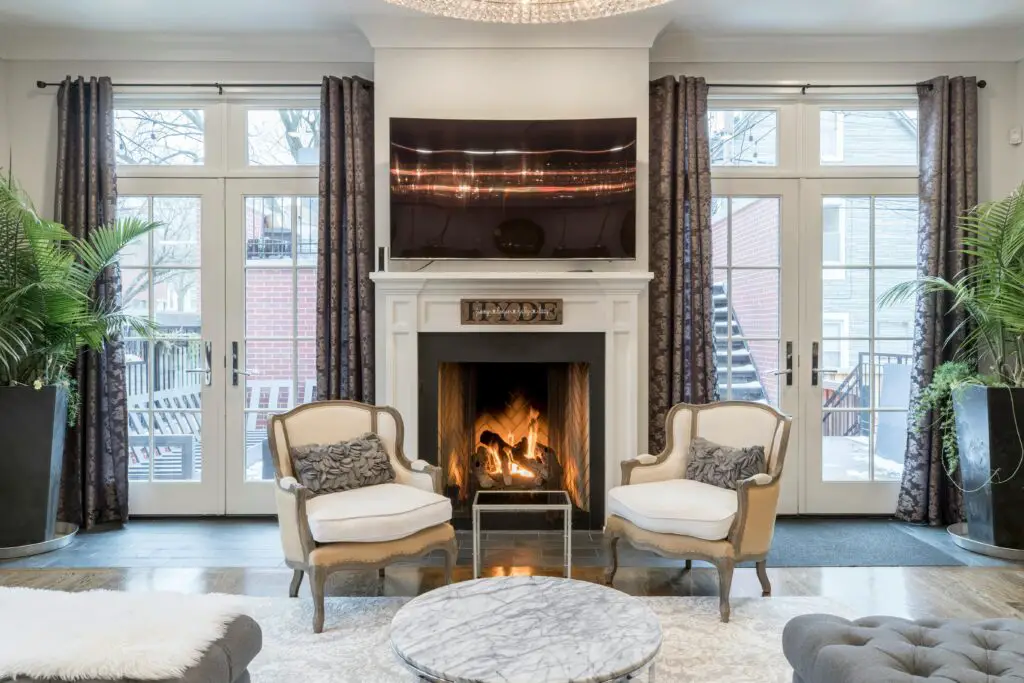
A room without a focal point can feel disjointed and aimless. Whether it’s a fireplace, a large piece of art, or an accent wall, make sure your living room has something that draws the eye. Once you’ve established a focal point, arrange furniture around it to create balance and flow.
15. Forgetting About Scale and Proportion
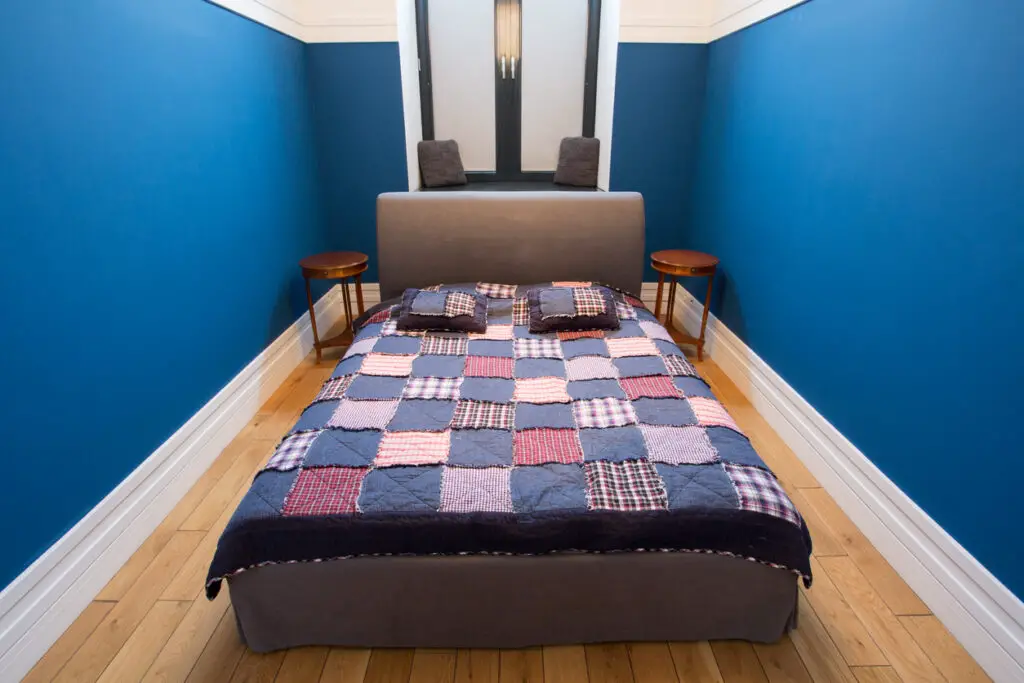
Choosing furniture and decor that’s the wrong scale for your room can make the space feel off-balance. Large furniture in a small room can overwhelm the space, while tiny pieces in a large room can feel lost. Be mindful of the proportions of your furniture in relation to the size of the room. When in doubt, opt for pieces that are well-suited to the space’s dimensions.
By avoiding these common living room design mistakes and implementing a few simple fixes, you can transform your space into a cozy, inviting, and well-balanced environment. Whether you’re rearranging furniture, playing with color, or adding texture, these small changes can have a big impact on the overall feel of your living room.
